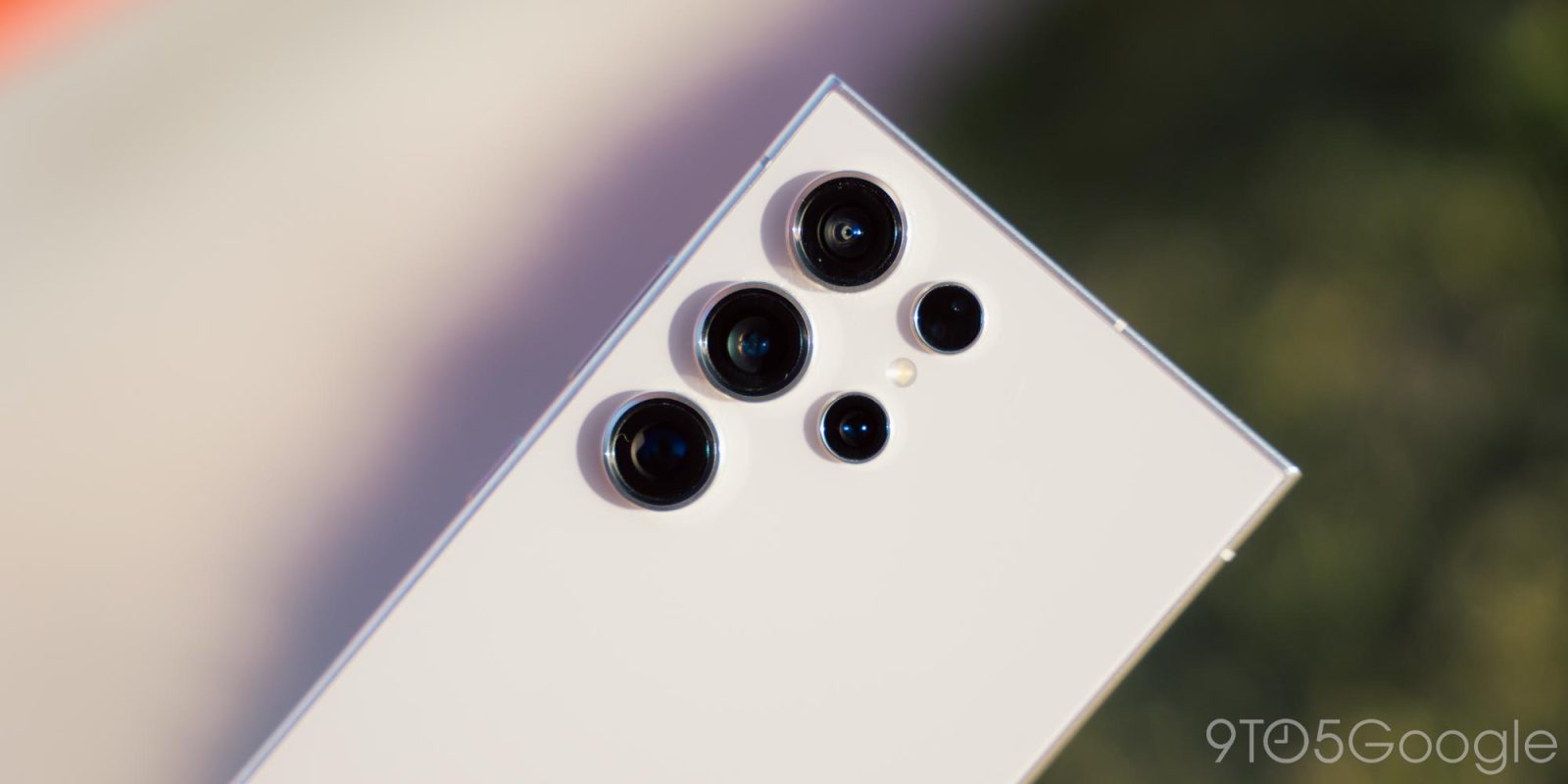The European Space Agency and NASA have given the go-ahead for their LISA project, a massive space-based detector aimed at detecting the ripples in space-time caused by collisions between huge black holes at the centers of galaxies and other massive objects. LISA will consist of three spacecraft floating 1.6 million miles apart, forming a triangle of laser light that can detect distortions in space caused by the universe-rattling impacts of neutron stars and black holes. This next-generation detector, LISA, largely follows the same principles as the existing, ground-based LIGO (Laser Interferometer Gravitational-Wave Observatory) experiment that first detected gravitational waves in 2015. However, LISA’s scale will be a million times larger, which will enable it to detect lower-frequency gravitational waves, revealing cosmic crashes currently inaccessible to LIGO.
Thanks to the huge distance traveled by the laser signals on LISA, and the superb stability of its instrumentation, it will be able to probe gravitational waves of lower frequencies than is possible on Earth. This will uncover events of a different scale, all the way back to the dawn of time. Gravitational waves are the shock waves created in space-time when two extremely dense objects, such as neutron stars or black holes, collide. LIGO detects these waves by picking up the tiny distortions in the fabric of space-time that these waves make as they pass through Earth.
LISA’s construction will begin in 2025, and it will consist of a constellation of three spacecraft housing Rubik’s-cube-sized gold-platinum cubes firing laser beams into each others’ telescopes millions of miles away. The satellites will follow Earth in its orbit around the sun, and any miniscule disruptions to the path lengths between them will be registered by LISA and sent back to scientists. Then, researchers will be able to use the precise changes to each beam to triangulate where the gravitational disturbances come from, pointing optical telescopes at them for further investigation. Because gravitational ripples are generated even before super-heavy astronomical objects touch, LISA will give scientists months of advanced warning before a collision is visible to optical telescopes.
The unprecedented sensitivity of the detector will also open a window to some of the faintest ripples originating from events in the epoch of cosmic dawn and probe some of cosmology’s biggest and most pressing questions. The telescope, developed in collaboration between ESA, NASA, and international scientists, is planned to be launched to the heavens on board an Ariane 3 rocket in 2035.












